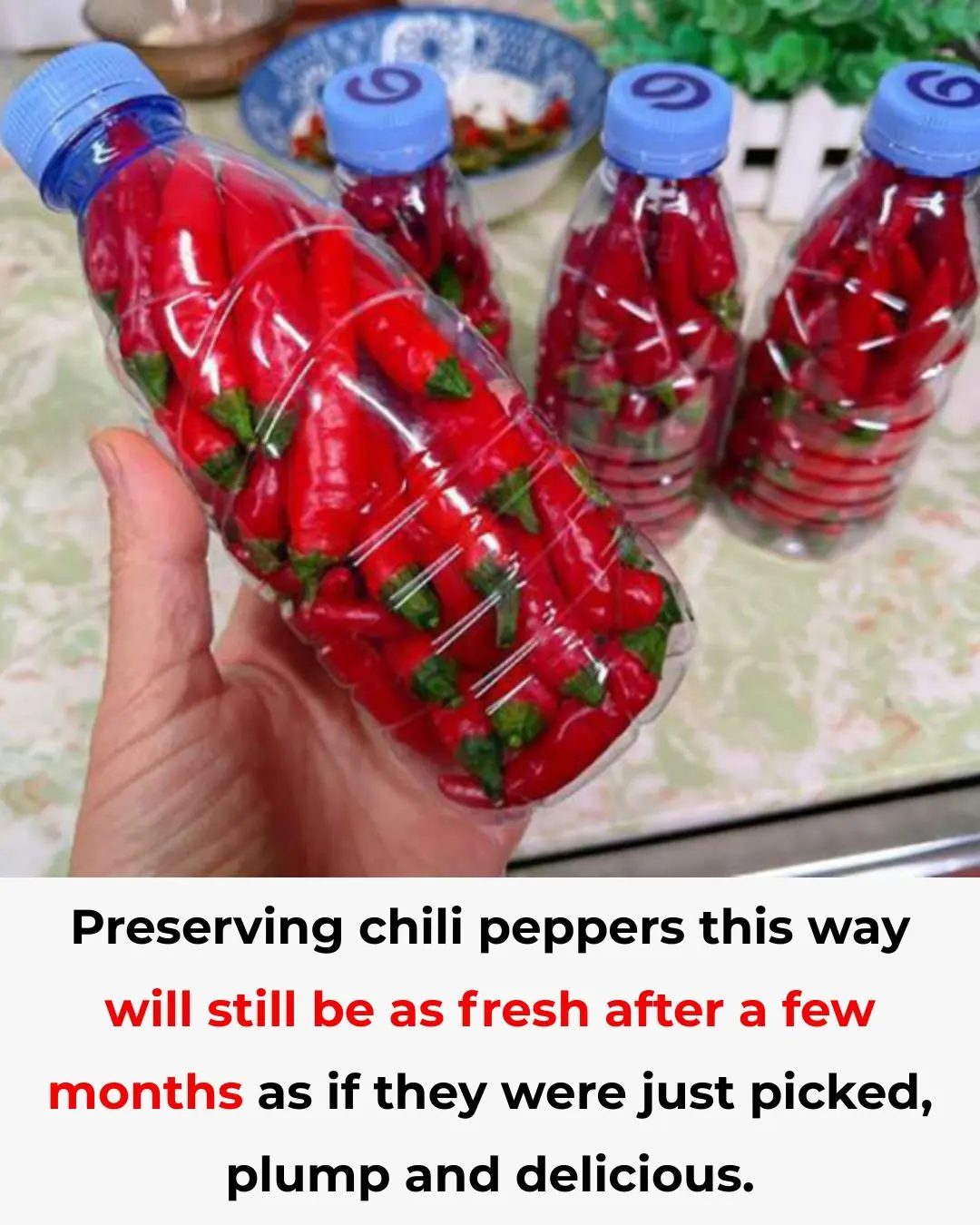
Don’t Ignore This: Check Your Fridge Now and Remove These 7 Items Before It’s Too Late
A refrigerator is an essential appliance in every household, keeping food fresh and safe to eat. However, not all foods are suitable for storage in the fridge. Some items, when refrigerated, can not only lose their flavor but also spoil faster or even pose health risks if consumed. No matter how large or modern your fridge is, it’s wise to avoid storing the following seven foods in it.
1. Chocolate
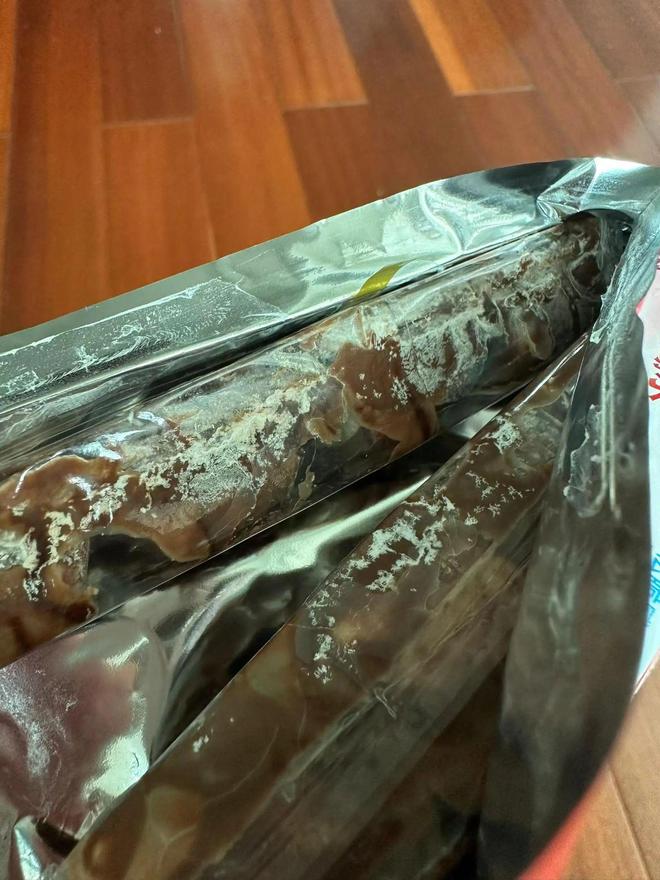
Many people believe that putting chocolate in the fridge prevents it from melting. In reality, chocolate is best stored in a cool, dry place with temperatures between 16–22°C (60–72°F). Refrigeration can cause chocolate to develop white or gray streaks, sometimes called “chocolate bloom,” which is harmless but unattractive.
Moreover, cold temperatures alter the texture and flavor of chocolate, making it hard and losing its rich aroma. Over time, storing chocolate in the fridge reduces the quality, and it will no longer taste as delightful as when properly stored at room temperature.
2. Eggs
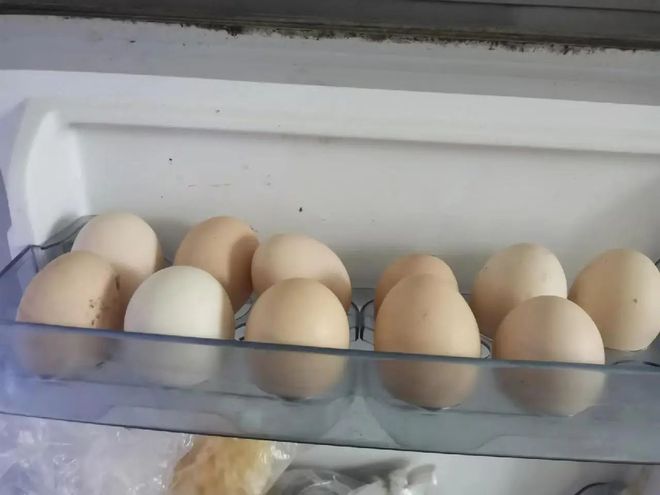
Fresh eggs carry bacteria like E. coli and Salmonella on their shells, which can contaminate other foods in the fridge. Storing eggs in the refrigerator can therefore increase the risk of foodborne illness if hygiene is not carefully maintained.
In addition, eggs can absorb odors from other foods in the fridge, altering their natural flavor. A better option is to store eggs in a cool, dry cupboard, where they can remain fresh without picking up unwanted smells.
3. Ginger
Refrigeration increases moisture levels around ginger, which can lead to mold growth, shrinkage, and rot. Once ginger is spoiled in the fridge, even moving it to a dry, ventilated area usually cannot restore its quality.
Additionally, ginger can absorb surrounding odors, losing its natural aroma and flavor. For maximum freshness, keep ginger in a well-ventilated, dry location, rather than in the refrigerator.
4. Unripe Tropical Fruits
Not all fruits benefit from refrigeration, especially unripe tropical fruits like bananas, mangoes, and dragon fruit. Cold temperatures can halt the ripening process, cause dark spots, mold, or a sour taste, and damage texture.
Unripe fruits also lack the sweetness and aroma of fully ripe fruit. Refrigerating them delays natural ripening, often resulting in a fruit that is less flavorful and enjoyable. It’s best to allow tropical fruits to ripen at room temperature before considering refrigeration.
5. Potatoes and Sweet Potatoes
Cold temperatures in the fridge convert the starch in potatoes and sweet potatoes into sugar, which can make them soft, rotten, or sprout prematurely. Sprouted potatoes contain solanine, a toxic compound that can cause food poisoning.
In addition, refrigeration can break down nutrients in these tubers, reducing their nutritional value. Store potatoes and sweet potatoes in a dark, cool, ventilated pantry instead of the fridge.
6. Honey
Honey is naturally resistant to spoilage and can be stored safely at room temperature for up to three years. Refrigeration accelerates crystallization, causing honey to thicken and develop white spots. While this doesn’t make it unsafe, it diminishes the taste and nutritional quality. Keeping honey in a sealed jar at room temperature preserves its smooth texture and natural sweetness.
7. Bread
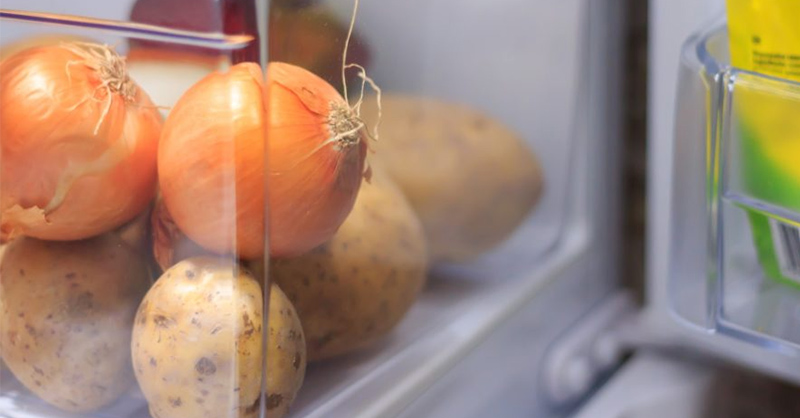
Although not mentioned in the original list, it’s worth adding: bread does not belong in the fridge either. Refrigeration dries out bread quickly, making it hard and stale. Bread is best stored in a cool, dry breadbox or wrapped tightly at room temperature. For longer storage, freezing bread is a better option than refrigerating it.
The Takeaway
Refrigerators are essential, but they are not a one-size-fits-all solution for every food item. Storing these seven foods in the fridge can damage their flavor, texture, or safety, making them less enjoyable—or even risky—to eat. By knowing which foods stay fresher outside the fridge, you can maintain both taste and nutritional quality while reducing waste.
News in the same category


You’re doing it all wrong. Here’s the right way to store eggs

The reasons why public toilet doors don't touch the ground.

Pouring Salt into the Toilet: Everyone Thinks It’s Crazy, but Once You Know Its Benefits, You’ll Try It at Home Immediately

Black Mold on Refrigerator Seals? Use This Trick to Clean It in Just 5 Minutes

Why is that and the answer for those who don't know?

Why Do Flat Electrical Plugs Have Two Round Holes? The Hidden Function Is Brilliant

What Your Pile of Dirty Dishes Might Really Be Saying About You

You're doing it all wrong. Here’s the right way to store butter

Why There’s a Dent in Your Milk Jug—and What It Actually Does

The more you clean a leaky house, the dirtier it gets: Do this to dry it, with immediate effect

During humid spring rains, put this in the bathroom to help deodorize, avoid moisture, and save cleaning time.

4 ways to distinguish clean vermicelli and vermicelli contaminated with chemicals, every housewife should know

Tips for salting white eggplants so they stay crunchy, don't turn black, and don't develop mold over time

Putting citrus peels in white vinegar helps solve many household problems without wasting effort.

The whole world values this type of fruit even more than cordyceps; Vietnam has plenty of it, but no one knows to eat it.
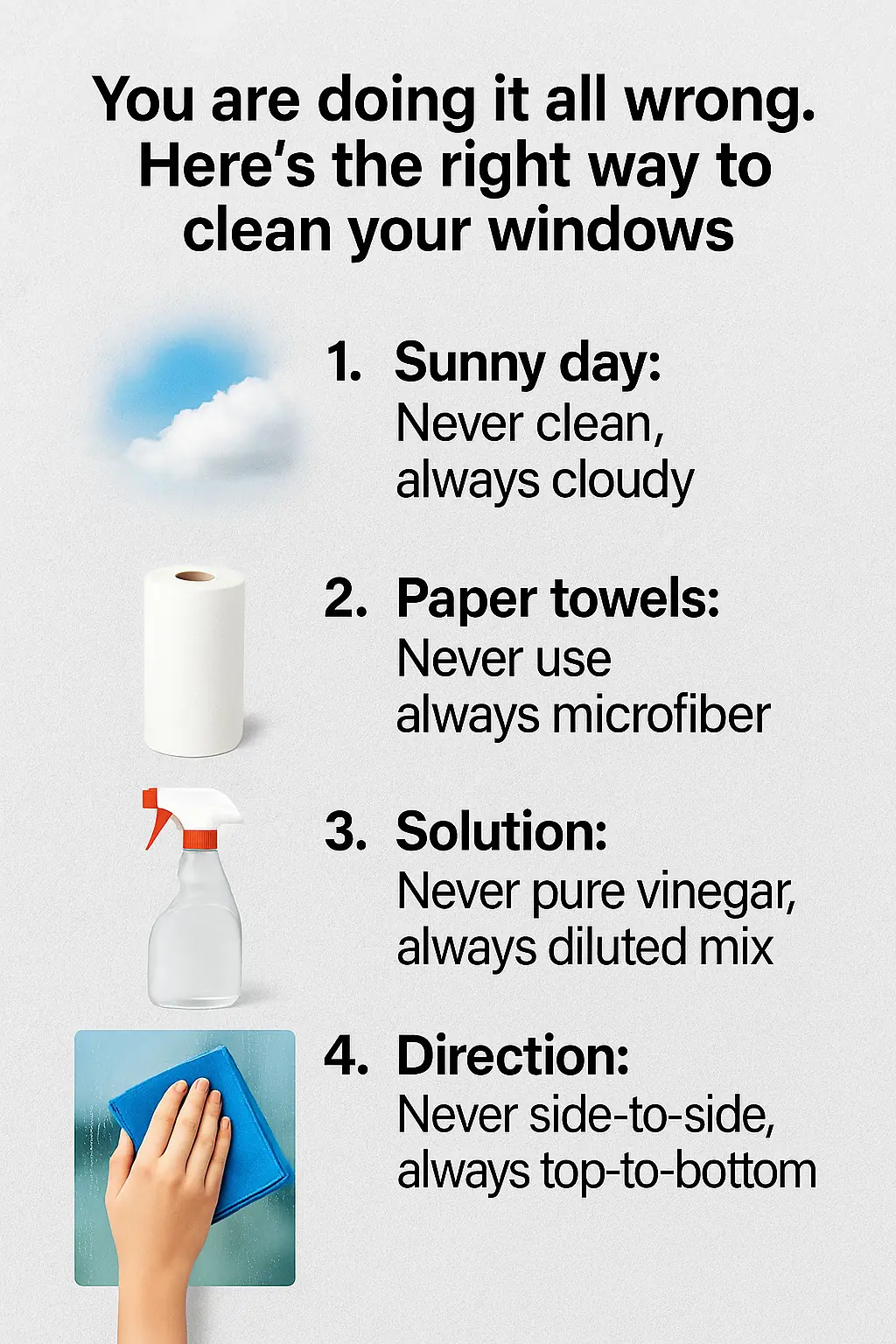
You are doing it all wrong. Here's the right way to clean your windows

My nana taught me this hack to whiten dingy grout in 4 mins with 0 work. Here’s how it works

You’re doing it all wrong. Here’s the right way to dust your home
News Post

5 Amazing Benefits Of Aloe Vera Gel For Skin: Large Pores, Dark Spots, Wrinkles

Clove & Lemon Collagen Drink: Wrinkle Free, Glowing Skin

Unlock Your Body’s Hidden Power: Try Garlic and Honey on an Empty Stomach for 7 Days

Tragus Piercing What Does It Mean
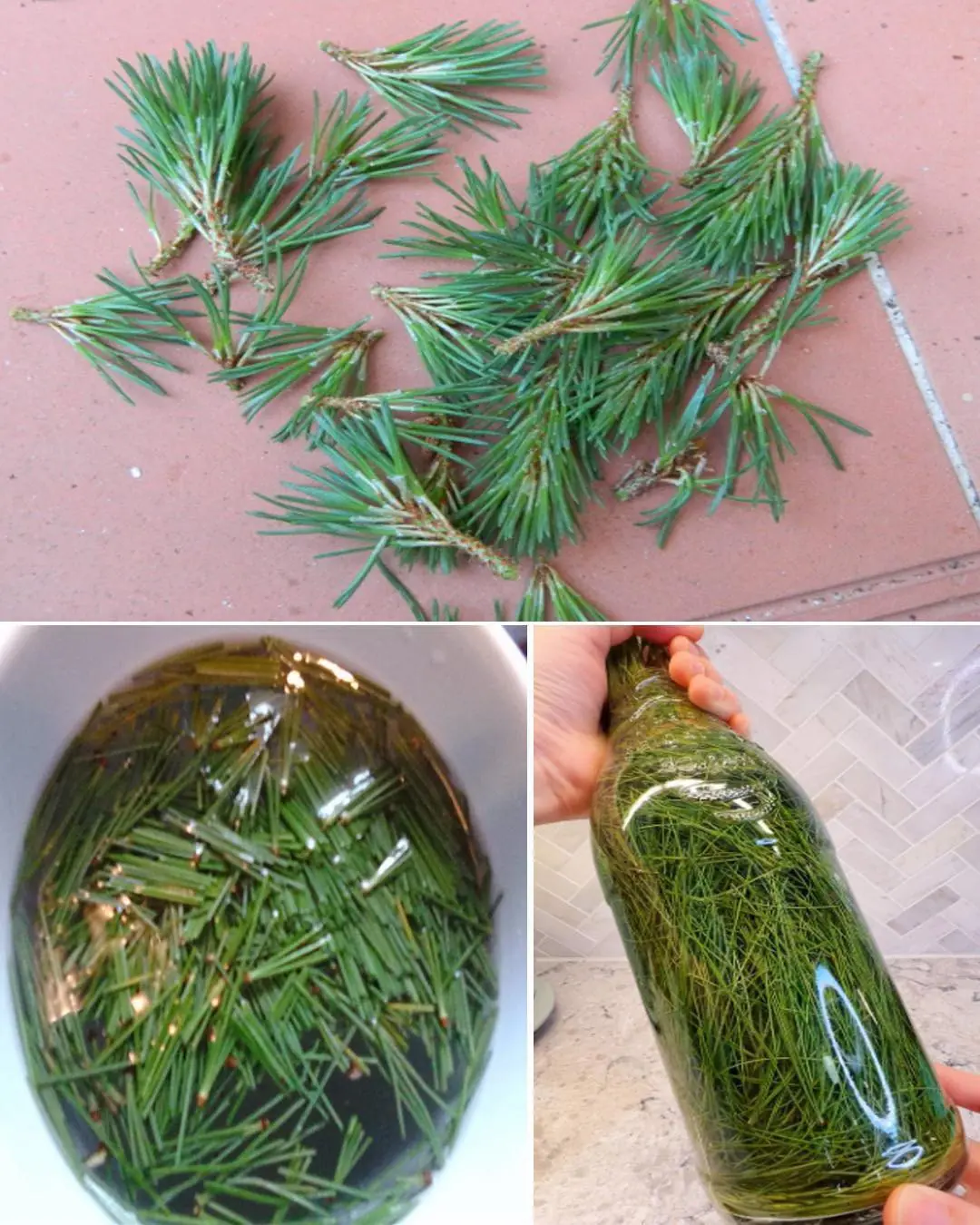
9 Health Benefits of Pine Needles

Unlock The Incredible Health Benefits of Garlic, Ginger and Lemon for Men
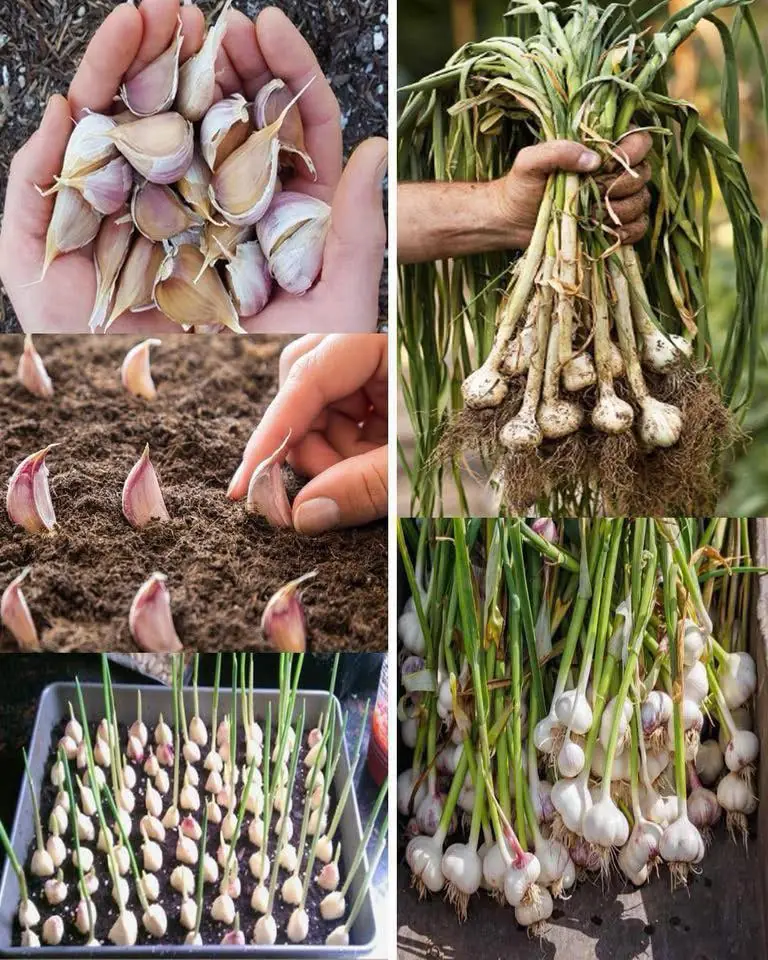
A special method to grow garlic in plastic bottles

7 Benefits of the Miracle Leaf of Life

7 Amazing Health Benefits of Banana Blossoms

Boiling Sweet Potatoes: Don’t Just Add Plain Water—Add This Spoonful for Perfectly Fluffy, Sweet Results

The Science Behind Putting a Cotton Swab in a Menthol Oil Bottle

More People Are Struggling with Visceral Fat — Doctors Reveal 9 Foods That Help Burn It Naturally

Black Turmeric vs. Yellow Turmeric: Which One Is Better?

Starve cancer: the diet rotation strategy you need to know

Like to see more from Tips for the Home

💪 Sarcopenia: Why Muscle Loss Happens & How to Fight It (After 50)

I Had No Idea About This!

These Ideas Are Amazing: 10 Clever Ways to Use Dryer Sheets Beyond the Laundry Room

Most Don’t Know: 13 Brilliant Ways to Use WD-40 Around the House
